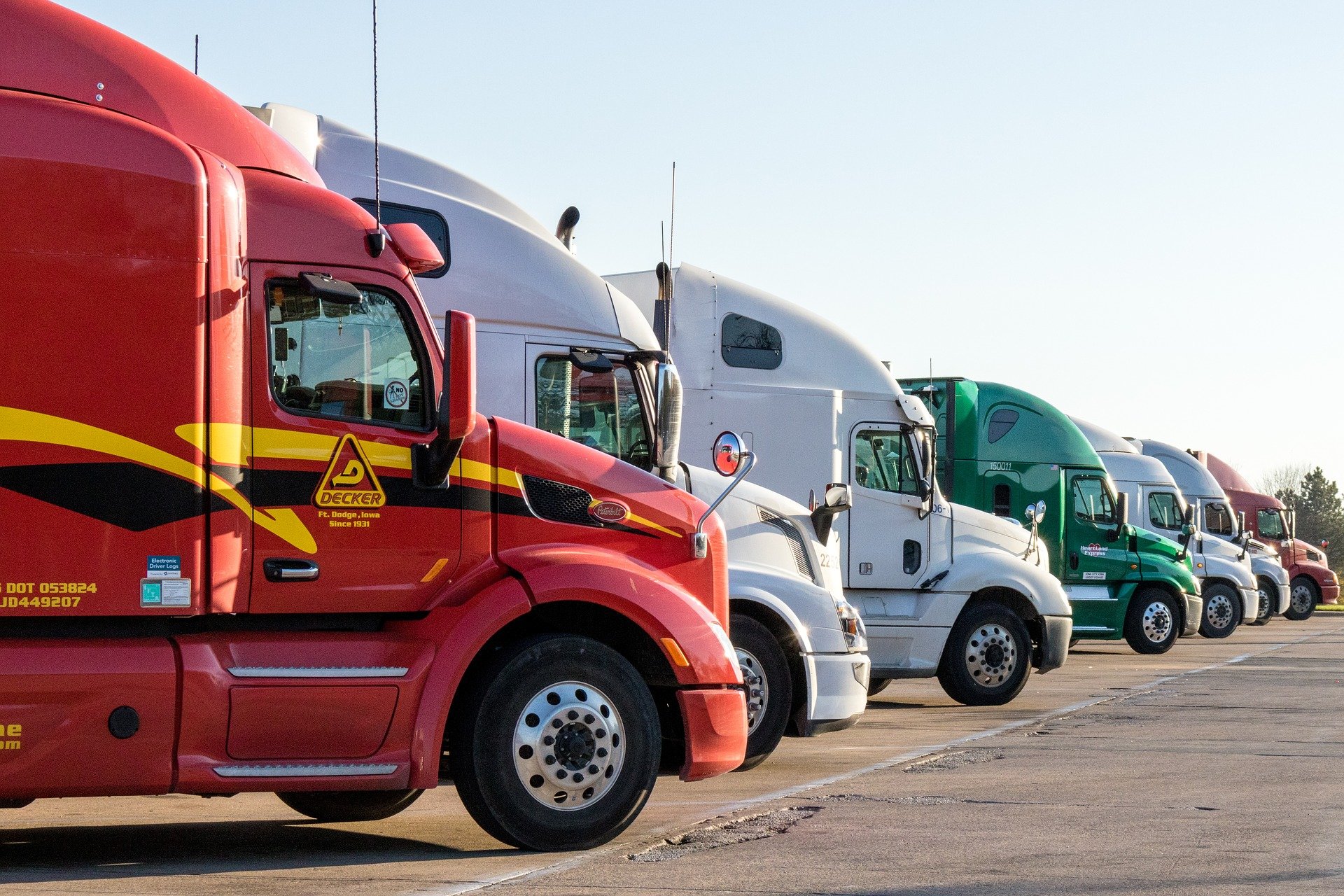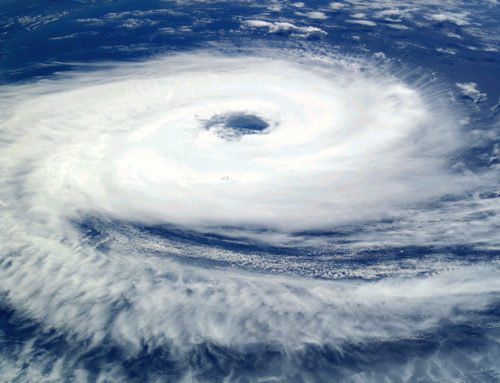Inland marine insurance is also referred to as “equipment coverage” or “Floaters”. Inland marine insurance protects your property when it is in transit or stored at a location other than your main business site. It also provides coverage for high-value assets that a typical business insurance policy will not cover, thereby “closing the gap.”
Did You Know? Property insurance protects tangible property kept at the primary business site, and up to 1,000 feet from that location. Assets stored beyond 1,000 feet (or property that is in transit) between sites.
Inland marine insurance protects from losses in five ways:
- Property moving over land between locations, such as construction vehicles or equipment
- Property stored off-site at a warehouse
- Property or assets kept in a moving vehicle
- Infrastructure assets such as communication towers
- High-value assets kept at a fixed location
Conversely, inland marine insurance does not cover:
- Stationary property at your primary business site
- Vehicles owned by the business
- Earthquake and flood damage
- Assets shipped by sea or by air
- Damage that occurs to equipment prior to shipping
Does Your Business Need Inland Marine Insurance?
For many companies, the property insurance coverage offered by your Business Owners Policy (BOP) or Commercial Package Policy (CPP) could be adequate. Generally, these types of insurance cover property stored at a specific location. Equipment and tools that travels around with company employees may also be covered. However, if your company often ships products or equipment, inland marine insurance may be necessary – especially if you ship high-value products or materials. These items are often excluded from basic property coverage, and may include:
- construction equipment
- transportation cargo
- mobile medical equipment
- cameras and movie equipment
- musical instruments
- fine arts
- solar panels
When considering whether or not your business should purchase inland marine insurance, look at your business and operations to determine if there are assets not being properly covered. Common examples might include a trade show booth which is shipped around the country, or if you are the trade show venue and that booth is stored at your location. Other specific coverages to consider may include:
- Customer coverage will provide protection for assets which are left at your place of business, such as people’s vehicles being left at a repair shop.
- Builder’s Risk coverage protects building structures and materials utilized on new construction project or renovation sites.
- Exhibition and Fine Art coverage provides coverage for valuable property on loan to museums or in exhibit, as well as in transit.
- Installation Floater coverage provides protection for materials from the point they loaded onto a delivery truck until they are delivered or installed; such as appliances.
- Motor Truck Cargo coverage ensures that a customer’s property is protected while your business transports it.Commercial inland marine insurance comprises approximately 2% of all US insurance premium. This may not seem significant, but when yourcompany needs it, it is very beneficial. Claims are much more common than many business owners may think, and therefore business owners and insurance managers should discuss equipment the company owns.
The professionals at Anderson and Associates Insurance Group are available to discuss your business insurance needs. While you may have a policy currently in place, you should ensure that all of your assets are covered whether they are on your property or in transit. Don’t wait until there is a problem to find out you have a gap in your coverage.










